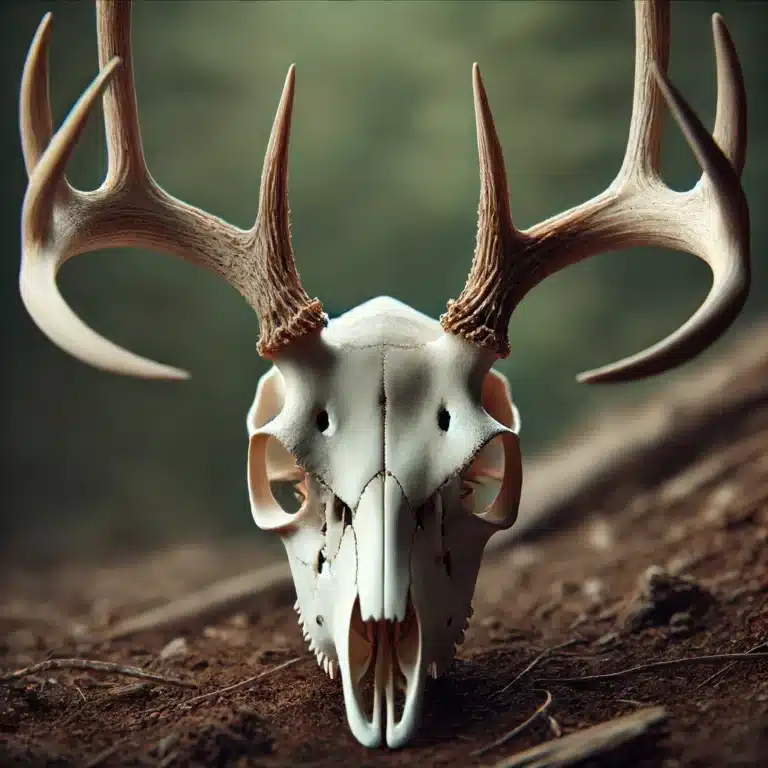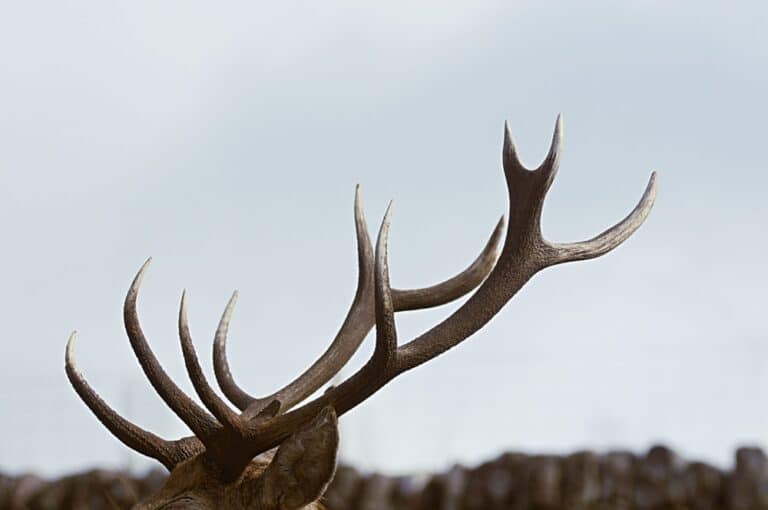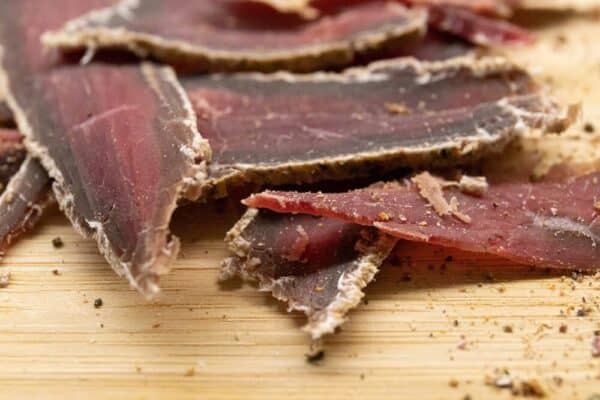The fascinating world of piebald deer is as intricate as it is intriguing. These unique creatures, known as piebald white tailed deer, adorned with white and brown fur patchwork, are one of nature’s most magnetic anomalies. Their extraordinary nature has drawn the attention of hunters and wildlife observers alike, making them a coveted species.
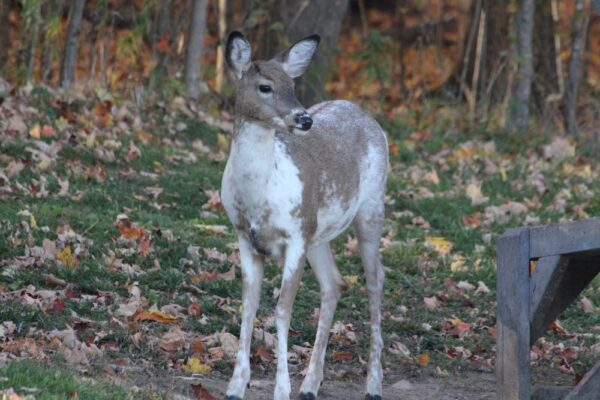
This comprehensive guide delves into the genetic complexities that result in Piebaldism among deer populations across North America. We’ll explore the distinguishing features that set these animals apart from average deer while debunking common misconceptions about albino and melanistic deer.
We also shed light on where you’re likely to encounter a piebald buck or doe and discuss the cultural significance attached to sighting such rare animals in various Indian cultures. Furthermore, we tackle the ethical debate surrounding hunting regulations concerning these majestic beings.
Lastly, we touch upon health implications for severely affected individuals due to deformed hooves or short legs often seen in piebalds and how genes influence variation in appearance amongst them.
Understanding Piebald Deer
Welcome to the fascinating world of piebald deer. These unique creatures, with their mixed brown and white hair patches, are like the fashionistas of the deer world. They’re so rare that other deer are jealous.
The Genetics Behind Piebaldism
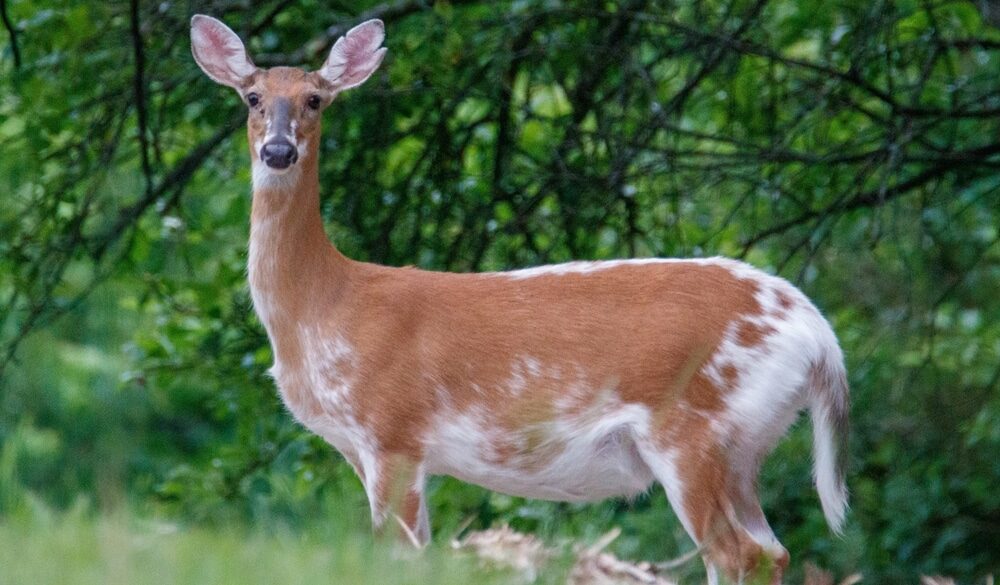
Piebaldism isn’t just a random accident. A genetic abnormality happens when both deer parents carry the recessive genetic trait for this condition.
When both parents carry this recessive genetic trait, there is a chance they will produce piebald fawns. It’s like winning the genetic lottery, but you get a fabulous coat instead of money.
These genes cause an uneven distribution of pigmentation in piebald deer, creating their patchy appearance. Some have just a few white patches, while others are practically walking snowballs.
Distinguishing Features of Piebald Deer
Aside from their unique coloration, piebald deer often have other physical quirks. A piebald fawn may exhibit unique features such as shorter-than-normal legs and an arched spine.
They might have shorter legs, funky spines, and even dental issues. They’re like the rebels of the deer world, breaking all the rules of normal deer anatomy.
Coat: Their fur is primarily white, with random patches of brownish-gray. It’s like they’re wearing a trendy camouflage outfit.
Eyes & Nose: Unlike people with albinism with pink eyes, piebalds have normal brown eyes and black noses. They’re the cool kids who don’t need colored contacts.
Skeletal structure: Some piebalds have underbites or overbites, and their spines can be as curvy as a rollercoaster. They’re the rebels with a crooked cause.
If you want to learn more about different types of deer, including people with albinism, check out our comprehensive guide: Different Types Of Deer – A Comprehensive Guide. It’s like a deer fashion show but with science.
Debunking Misconceptions About Piebald Whitetail Deer
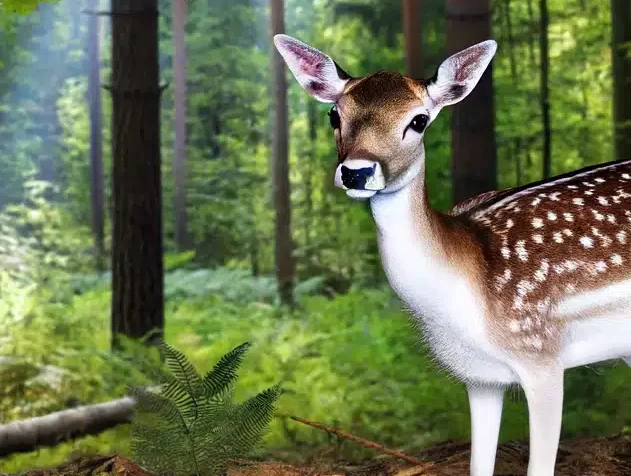
Piebald deer are often misunderstood, with many misconceptions surrounding their unique appearance and genetic makeup. Contrary to popular belief, piebald deer are not a mix of true albino deer and normal whitetails.
Let’s set the record straight and appreciate these rare creatures for who they are.
Differences Between Albino Deer and Piebald Deer
Contrary to popular belief, piebald deer are not a mix of albino and normal whitetails. While albino deer are completely white, piebald deer are a type of white deer with distinct patches of brown mixed with white fur.
Albinos have a complete lack of pigmentation, resulting in a white coat and pink or blue eyes. Piebald deer, on the other hand, have distinct patches of brown mixed with white fur due to partial leucism – a reduced pigmentation condition.
Not only do piebald deer have unique coloration, but they also exhibit physical deformities like shorter legs, an arched spine, and an oral overbite. These quirks set them apart from people with albinism and typical whitetail deer.
Rarity & Significance of Spotting a Piebald Deer
Spotting a piebald deer in the wild is like finding a unicorn at a petting zoo. It’s rare, it’s magical, and it’s bound to make your day.
Where Can You Find These Elusive Creatures?
Rare as a parking spot in a crowded mall, piebald deer can be found roaming the forests of North America. In these regions, you may also encounter piebald fawns, which are young deer exhibiting the same unique coloration and physical traits.
Only about 2% of whitetail deer have this unique genetic condition, so consider yourself lucky if you spot one. If you want to up your chances of encountering a piebald, head to places like Minnesota, where these beauties seem to hang out more often.
Why Is The Piebald Buck So Special?
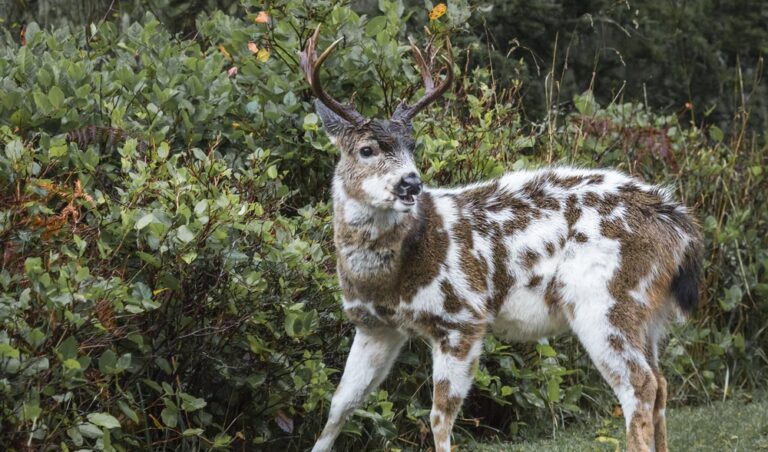
Besides their stunning coat, piebald deer are more accessible to spot than a zebra in a snowstorm. Unlike normal fawns, which blend into their surroundings, piebald bucks stand out due to their unique coloration.
Their unique coloration stands out against the greenery, making them the supermodels of the deer world.
What’s the Big Deal About Piebalds in Native American Cultures?
According to Native American beliefs, spotting a piebald deer was like receiving a message from the spirit world. Despite their unique appearance, piebald deer can bear normal fawns, which adds to their mystique and cultural significance. These majestic creatures were considered sacred; killing one was a big no-no.
Not everyone sees Piebalds as mystical beings. In some parts of North America, they’re just regular deer with fancy coats. So, if you’re in Georgia, get your hunting license without worrying about any supernatural consequences.
Remember, always follow local hunting laws and regulations. And if you do spot a piebald, take a moment to appreciate its beauty before you snap a picture or take aim.
Piebald Doe
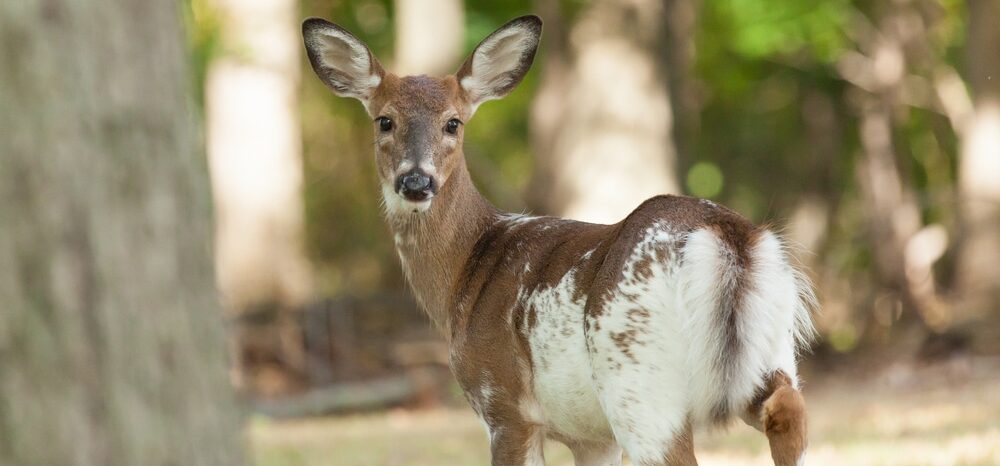
Opinions on hunting piebald deer, which carry a recessive trait, are as varied as the patterns on their unique coats. Some hunters see them as trophies, while others believe they should be left alone due to their genetic condition.
Hunting Regulations Concerning Piebald Deer
In many states across America, no specific regulations prohibit hunting piebald deer. The genetic misfire that produces piebald deer makes them a unique and rare sight in the wild.
They’re considered part of the whitetail population and can be hunted during regular seasons. However, some areas may have restrictions or special rules regarding rare animals like piebalds. Hunters should always review applicable laws before embarking on a hunt.
For instance, in Maryland, where sightings of piebald deer are relatively common compared to other regions, it is illegal to harvest any white-tailed deer that is more than 50% white unless it has been struck by a vehicle.
This law was enacted because of the animal’s uniqueness and potential role in maintaining biodiversity within local ecosystems.
The Ethical Debate On Hunting Rare Animals
While legality isn’t an issue in most places when hunting piebald deer, ethics indeed come into play. The ethical debate extends to piebald fawns, which are often more vulnerable due to their genetic condition.
Many argue that these animals, already facing challenges related to survival due to health complications associated with Piebaldism, should be spared from being targeted during hunts.
Others contend that allowing nature to take its course without human intervention would lead to healthier overall populations among wildlife species, including deer.
Outdoor Life Magazine offers an interesting perspective on this debate, suggesting that ethical decisions about hunting often depend on individual circumstances rather than blanket judgments about what’s universally right or wrong in all situations.
The Severity of Piebaldism Among Affected Individuals
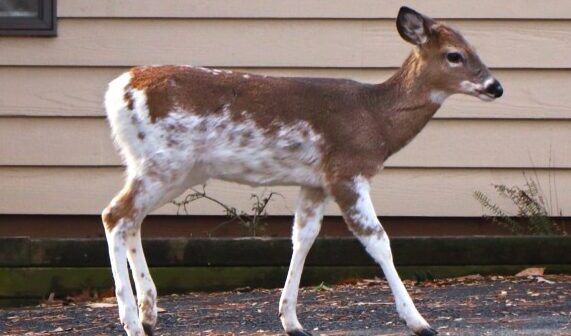
The phenomenon of Piebaldism in deer is fascinating. It’s like nature’s saying, “Let’s add some pizzazz to these whitetails.” This condition is caused by recessive genes from both parent animals, resulting in various physical manifestations.
Some deer have a few cosmetic differences, while others are dealt a bad hand with severe congenital disabilities.
Health Implications for Severely Affected Individuals
Life can be challenging for piebald deer with severe forms of this condition. A piebald fawn with severe health issues may struggle to survive in the wild. They might have wonky legs or hooves or even spinal problems.
It’s like they got a DIY kit for deer, but the instructions were in a different language. Sadly, some poor souls don’t make it past birth because their physical abnormalities are too much to handle.
Research shows that piebald deer have shorter lifespans than their non-piebald buddies. It’s not because they’re party animals but because of the health complications that come with Piebaldism. It’s almost like a battle of endurance, but with the piebalds at an unfair disadvantage.
How Genes Influence Variation in Health Issues
Genetics plays a significant role in the wild world of piebald deer. For their offspring to rock the piebald look, both parents must carry the recessive gene.
The genetic variation among piebald fawns can result in various physical appearances and health issues.
But even when both parents are on board, not all deer are affected equally. It’s like a genetic lottery, but you might end up with a wonky leg instead of winning a million bucks.
Heterozygous carriers: These deer have one copy of the gene but are like secret agents – no signs or symptoms to give them away.
Homozygous carriers: These deer hit the genetic jackpot with two gene copies. They might have a wild coat pattern or severe health issues depending on other genetic factors. It’s like a game of genetic roulette.
This variation in expression explains why some piebalds are just fashion-forward with their coat patterns while others deal with serious health problems. It’s like nature’s saying, “You get a cool coat, but you also get a wonky leg.”
According to the Quality Deer Management Association‘s study on Piebald Deer, these variations follow predictable Mendelian inheritance patterns. It’s like a genetic soap opera, with the defective gene causing all the drama.
Conclusion
Understanding piebald deer is essential for hunters – it’s like knowing the secret handshake of the hunting world. Genetics and Piebaldism go together like peanut butter and jelly – except you get a cool-looking deer instead of a sandwich.
Don’t be fooled by those who confuse albino deer with piebald deer – it’s like mistaking a unicorn for a horse with a funky haircut. Myths about piebald deer are as common as Bigfoot sightings – but unlike Bigfoot, piebald deer exist.
Spotting a piebald deer is like finding a needle in a haystack – if the needle was wearing a fancy coat. Knowing where to find piebald deer is like having a treasure map – except you find a majestic creature instead of gold.
The debate about hunting piebald deer is like arguing over whether to eat the last slice of pizza – it’s a tough decision, but someone has to do it.

